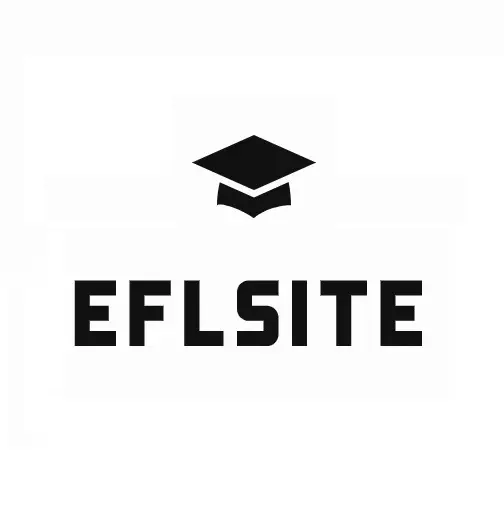ဤသင်ခန်းစာများကို EduBurma မှ တင်ဆက်ပေးခြင်းဖြစ်ပါသည်။ Academic English Online Face to Face အတန်းများ တက်ရောက်လိုပါက EduBurma Facebook Page တွင် စုံစမ်းနိုင်ပါသည်။
Academic Reading Lessons
Reading for Inference
Reading for inference is the skill of understanding what is not directly stated. It's about using clues from the text, combined with your own background knowledge, to draw logical conclusions. Think of yourself as a detective, using evidence to figure out what's really going on between the lines.
The Inference Equation
What the text says (Clues) + What I already know = An Inference
🛠️ Core Concepts for Making Inferences
How to Make an Inference
A step-by-step guide to the mental process of drawing logical conclusions from a text.
Types of Inferences
Explore the common kinds of inferences you'll need to make in academic texts.
Inference vs. Assumption
Learn the critical difference between an evidence-based inference and an unsupported assumption.
🧠 Practice Exercises
Exercise 1
The old fisherman stood on the pier, his knuckles white as he gripped the weathered wooden rail. He stared out at the churning, grey sea, ignoring the biting wind that whipped his jacket against him. A single, unanswered radio call echoed from the small cabin behind him. He didn't flinch. His gaze remained fixed on the horizon, where the last of the afternoon light was being swallowed by a wall of dark, approaching clouds.
1. What can be inferred about the fisherman's emotional state?
Hint: Consider the combination of clues: white knuckles, a churning sea, an unanswered radio call, and an approaching storm.
Exercise 2
The new city ordinance permits the construction of high-rise apartment buildings in the historic downtown district. Proponents argue that these sleek, glass-and-steel structures will bring much-needed housing and a modern aesthetic. However, these sterile monoliths will cast long shadows over the charming, brick-paved streets that have defined our city for a century. The unique character of our downtown, with its small, family-owned shops and ornate, human-scale architecture, will be irreversibly lost, replaced by a generic landscape indistinguishable from any other metropolis.
1. What can be inferred about the author's opinion on the new ordinance?
Hint: Analyze the author's word choice. Are words like "sterile monoliths" and "generic landscape" positive or negative?
Exercise 3
The surface of Planet X is a landscape of extremes. With no significant atmosphere, the temperature plummets to -150°C during its long night and soars to 120°C in the unfiltered glare of its sun. The ground is a barren expanse of rock and fine dust, pockmarked by countless impact craters of all sizes. There is no evidence of liquid water on the surface, only ice deposits locked in permanently shadowed craters at the poles.
1. Based on the description, what is the most logical inference about Planet X?
Hint: Combine the clues: no atmosphere, extreme temperatures, no liquid water. What does your background knowledge say about the conditions necessary for life?
Exercise 4
The first job applicant, Mr. Harris, entered the interview room precisely at 10:00 a.m., wearing a perfectly pressed suit. He offered a firm handshake, made eye contact with each of the three interviewers, and laid a portfolio neatly on the table. His resume showed a steady progression of promotions at his last two jobs. When answering questions, his responses were clear, concise, and directly addressed the points raised. After the final question, he thanked the panel for their time and left a personalized business card with each member.
1. What can be inferred about Mr. Harris?
Hint: Look at the sum of his actions: punctuality, dress, handshake, organization, clear answers, and follow-up. What do these actions collectively suggest?
How to Make an Inference
- Read for Literal Meaning: First, understand what the text directly says.
- Identify Key Clues: Notice specific details, word choices, descriptions, and actions.
- Ask Inferential Questions: Ask "why?" and "how?" to probe deeper.
- Connect to Background Knowledge: Use your own experience and knowledge to interpret the clues.
- Formulate a Logical Conclusion: Draw a reasonable conclusion that answers your inferential question.
- Check for Support: Ensure you can point to specific evidence in the text that supports your inference.
Common Types of Inferences
- Author's Attitude/Bias: Deducing the author's opinion on a subject through word choice and emphasis.
- Character Motivation: Understanding the reasons behind a person's actions or feelings based on their behavior.
- Cause-and-Effect Relationships: Concluding that one event caused another, even if not explicitly stated.
- Implied Main Idea: Formulating the central argument when it isn't stated in a single topic sentence.
- Predicting Outcomes: Using available information to make a logical prediction about what might happen next.
Inference vs. Assumption vs. Guess
| Term | Basis | Example |
|---|---|---|
| Inference | Textual evidence + Background knowledge | "The character's fists are clenched, so he is likely angry." |
| Assumption | Belief taken for granted without textual evidence | "The character is a man, so he must not like asking for help." |
| Guess | Little to no evidence at all | "The character's favorite color is probably blue." |
